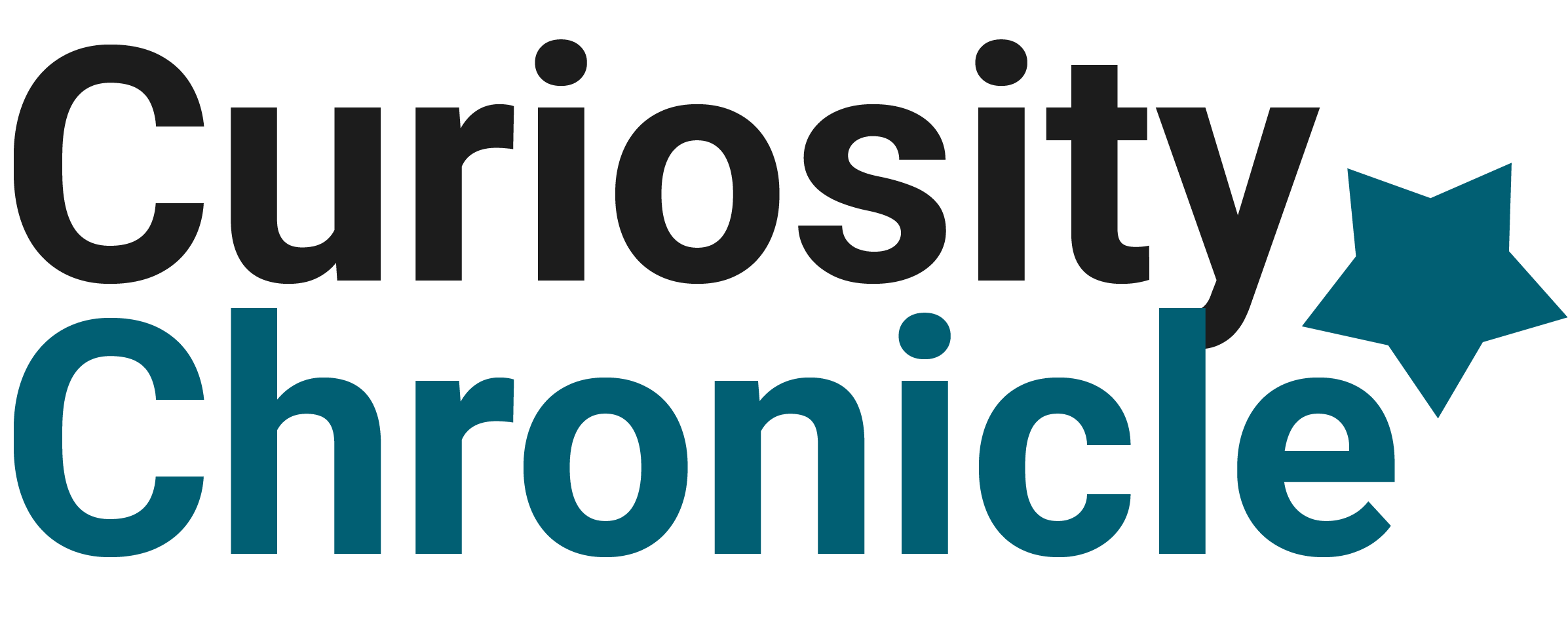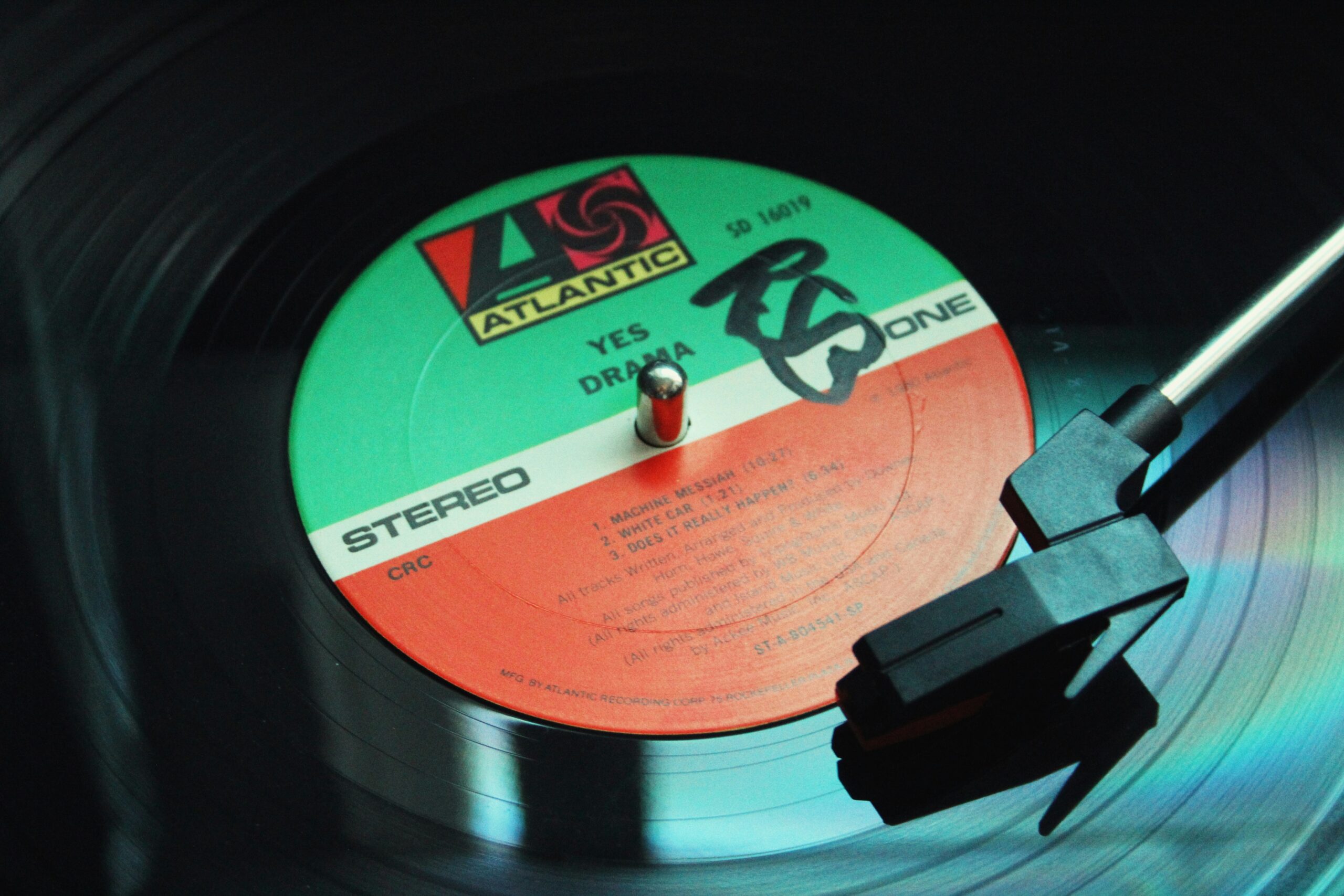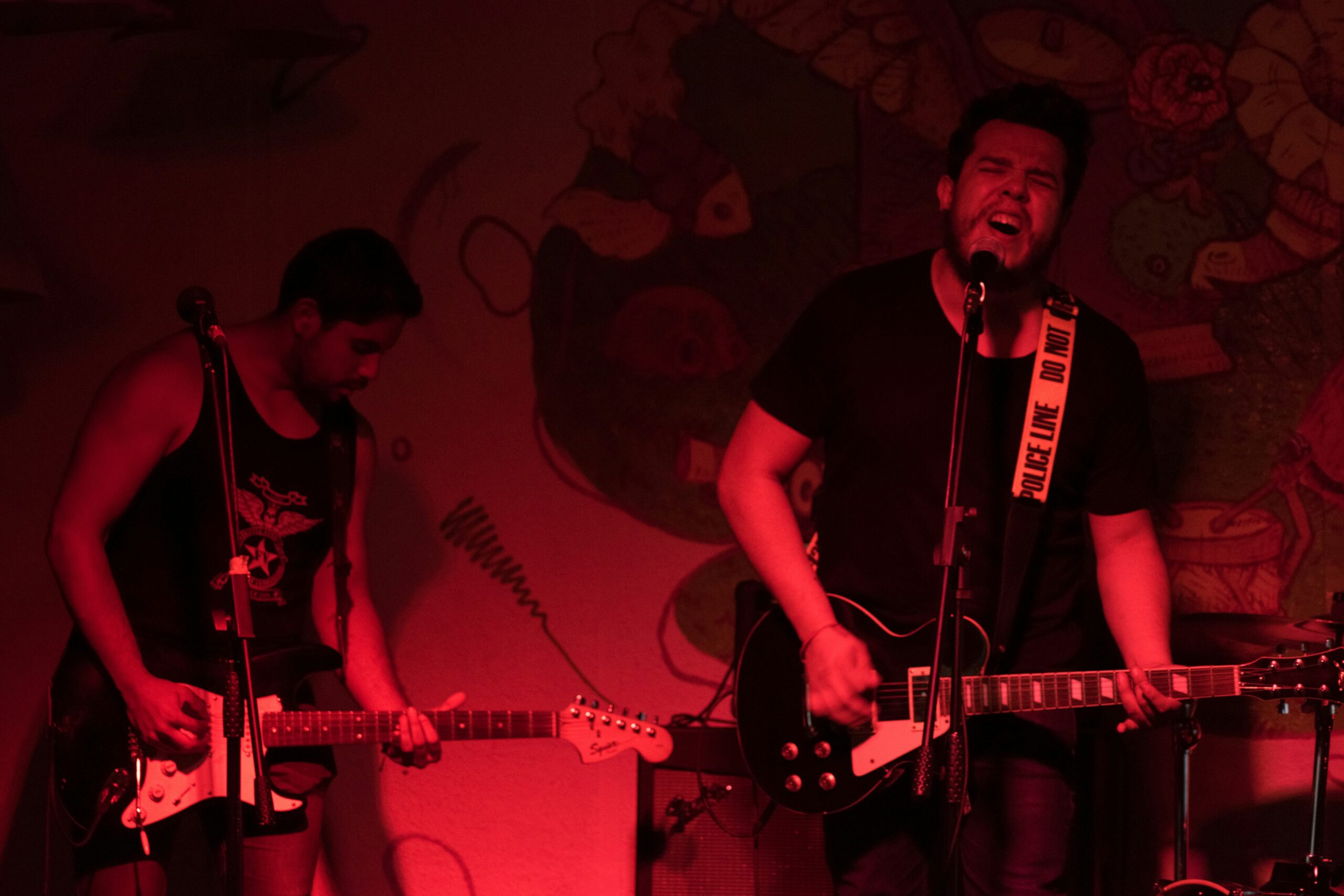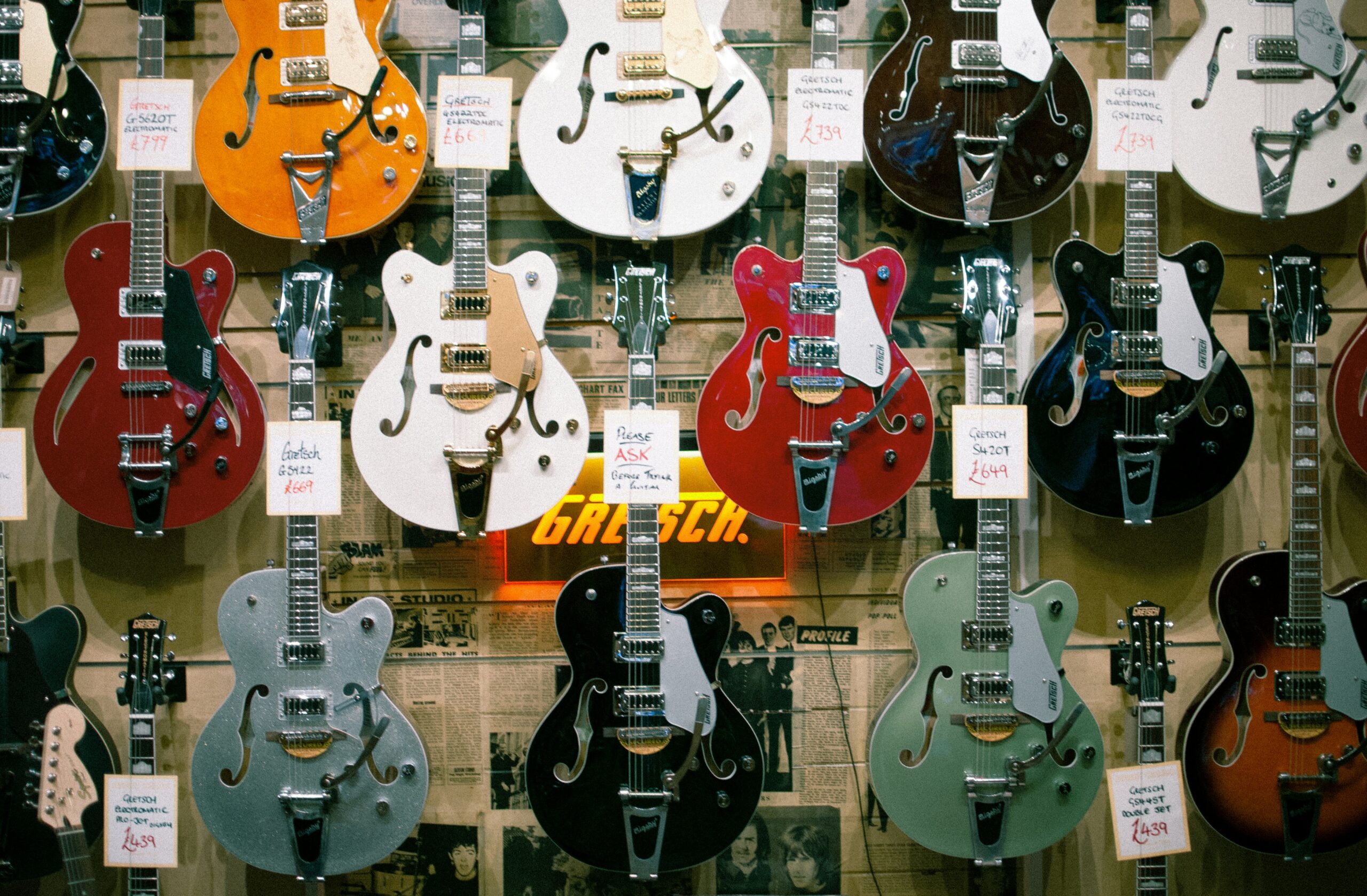The 1990s was a decade of change, both in culture and in music. It was a time when alternative rock emerged from the fringes of the music scene to become a mainstream force, reshaping the landscape of popular music. While the 80s had been dominated by synth-pop, glam rock, and the rise of stadium anthems, the 90s saw a shift in sound, attitude, and style. Alternative rock, which had once been a subgenre for the underground, exploded into the global spotlight. Bands with raw energy, introspective lyrics, and a DIY ethos took centre stage, leaving a lasting mark on the music world.
In this article, we’ll explore how alternative rock rose to prominence in the 90s, the key movements that defined the era, and the iconic bands that became cultural icons:
- The emergence of alternative rock as a mainstream genre in the 90s
- Key movements: The rise of grunge, indie rock, and post-punk revival in the early 90s
- Iconic bands and albums: Nirvana, Pearl Jam, Radiohead, and their cultural impact
- How the genre shaped modern rock and continued to influence new waves of bands
- The 90s’ lasting influence on the alternative rock scene today
The emergence of alternative rock as a mainstream genre in the 90s
Alternative rock wasn’t born in the 90s, but it was during this decade that it began to take over the airwaves and the charts. Before the 90s, alternative rock was more of a niche genre, embraced by a small but dedicated audience. It was characterised by its rejection of the polished, commercial sound that dominated mainstream music at the time, offering instead a raw, honest, and often experimental approach to rock. Bands like R.E.M., Sonic Youth, and Pixies had already laid the groundwork, but it wasn’t until the early 90s that alternative rock found its true voice in the form of grunge, indie rock, and post-punk revival.
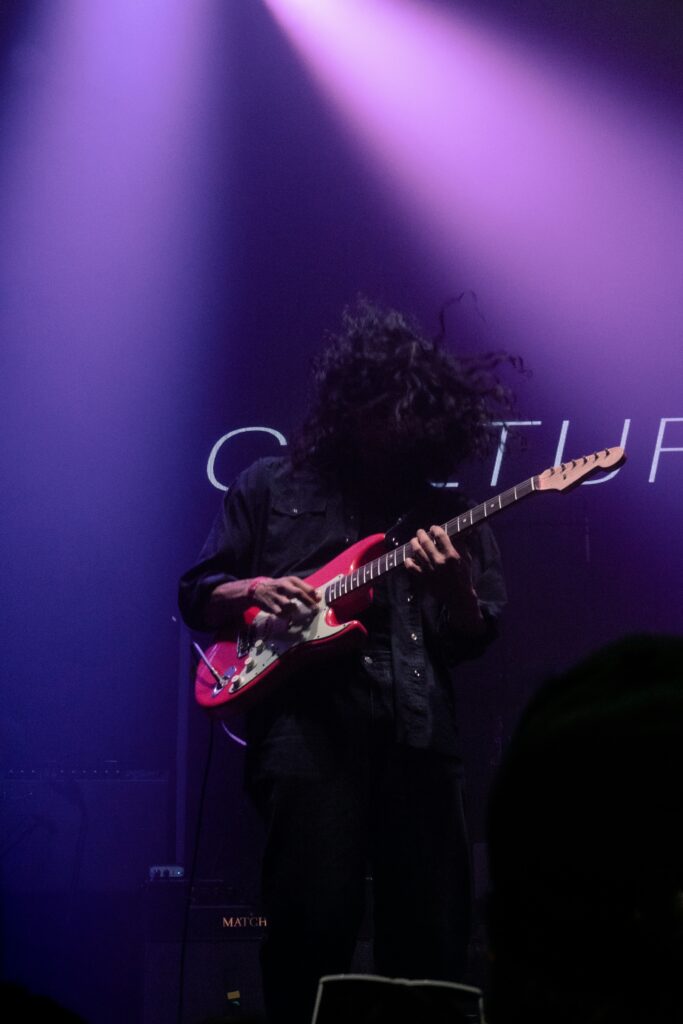
By the time Nirvana’s Nevermind hit the shelves in 1991, alternative rock was no longer confined to the underground. The album’s release was a watershed moment for the genre, bringing grunge – a subgenre that mixed punk, metal, and the DIY ethos of alternative rock – into the mainstream. Nirvana’s success was quickly followed by other alternative rock bands who rose to fame, making alternative rock one of the most defining genres of the decade. Radio stations and music channels that once ignored alternative bands now embraced them, and alternative rock became the soundtrack to a generation of young people who were looking for something different from the overproduced pop and hair metal of the 80s.
Key movements: The rise of grunge, indie rock, and post-punk revival in the early 90s
The early 90s saw the explosion of grunge, indie rock, and post-punk revival, each movement contributing to the broader alternative rock scene. Grunge was the most dominant force, originating from Seattle’s vibrant music scene. With bands like Nirvana, Pearl Jam, and Soundgarden leading the charge, grunge was defined by its heavy, distorted guitars, sludgy rhythms, and anguished lyrics. Grunge spoke to the disillusionment and frustration of Generation X, offering an antidote to the excesses of the 80s. Nirvana’s “Smells Like Teen Spirit,” often considered the anthem of the grunge movement, became a global hit and symbolised the rise of alternative rock.
Indie rock, while not as commercially successful as grunge, also gained significant traction in the 90s. The genre was more eclectic, ranging from the jangly guitars and heartfelt lyrics of bands like R.E.M. to the lo-fi sound of Pavement and Guided By Voices. Indie rock’s focus was on artistic integrity rather than commercial success, and the movement was embraced by fans who were tired of the slick, formulaic nature of mainstream pop and rock.
Meanwhile, the post-punk revival was another key movement of the 90s. Bands like The Strokes, Interpol, and Blur took inspiration from the darker, angular sounds of 70s post-punk bands like Joy Division and The Cure, blending them with the energy of punk rock. The revival brought a fresh, introspective sound to alternative rock, with a focus on rhythm, mood, and atmosphere. This movement would go on to influence much of the indie rock scene in the 2000s.
Iconic bands and albums: Nirvana, Pearl Jam, Radiohead, and their cultural impact
The 90s were defined by some truly iconic albums and bands that reshaped the alternative rock scene. Nirvana’s Nevermind is often considered the defining album of the decade. With Kurt Cobain’s haunting lyrics and explosive guitar riffs, the album captured the angst and anger of a generation. Tracks like “Come As You Are” and “Lithium” became anthems of disillusionment, while “Smells Like Teen Spirit” became a rallying cry for young people who felt disconnected from the mainstream culture. Nirvana didn’t just redefine rock – they brought alternative music into the mainstream and made it commercially viable.
Pearl Jam was another cornerstone of 90s alternative rock. Their debut album, Ten (1991), became a massive success, thanks to the emotionally charged vocals of Eddie Vedder and the band’s combination of grunge, hard rock, and introspective lyrics. Songs like “Alive” and “Jeremy” resonated with listeners and cemented Pearl Jam as one of the era’s most influential bands. Their refusal to bow to commercial pressures also made them a symbol of authenticity in an increasingly commercialised music industry.
Then there’s Radiohead, whose OK Computer (1997) completely transformed the alternative rock landscape. Combining electronic influences, experimental sounds, and politically charged lyrics, OK Computer was far more ambitious than anything rock music had seen before. Radiohead’s willingness to explore new territory and take risks made them one of the most important bands of the 90s and beyond, influencing countless other bands in the process. Tracks like “Paranoid Android” and “No Surprises” pushed the boundaries of rock music and set the stage for the genre’s evolution into the 21st century.

How the genre shaped modern rock and continued to influence new waves of bands
The legacy of 90s alternative rock is still felt today. The genre’s influence can be heard in countless modern rock bands that carry forward the spirit of the 90s, blending indie rock’s raw energy with grunge’s emotional intensity. The 90s’ emphasis on authenticity, experimentation, and social commentary continues to be a driving force in modern rock music.
Today’s alternative bands, from Arctic Monkeys to Tame Impala, often cite 90s acts like Nirvana, Radiohead, and Pearl Jam as key influences. The DIY ethos that was so prevalent in the 90s has been carried forward in the form of independent labels, small venues, and a focus on artistic integrity rather than commercial success. Even pop-punk and emo bands, like Green Day and My Chemical Romance, owe much of their sound to the 90s’ alternative rock movements, particularly the grunge scene.
Moreover, the rise of streaming platforms like Spotify and Apple Music has allowed for the continued exploration of 90s alternative rock, ensuring that younger generations of listeners are discovering these iconic albums and finding new ways to connect with them.
The 90s’ lasting influence on the alternative rock scene today
The 90s were a pivotal decade for alternative rock, and the genre’s influence continues to be felt in today’s music. From the rise of grunge and indie rock to the experimental sounds of Radiohead, alternative rock reshaped the musical landscape, offering a sound and attitude that was radically different from the polished pop of the 80s.
Let’s recap today’s article:
- The 1990s isn’t such a long time ago for some of us as we’d like to believe
- It was a decade of social and economic change and showed the emergence of personal style and expression in rock music as opposed to synth-pop and glam rock
- Alternative rock, which had been an elusive sub genre before its emergence, stepped into the spotlight and became mainstream
- 1991 saw the drop of Nirvana’s iconic Nevermind, a milestone in the history of alternative rock
- I think every rock aficionado knows and enjoys the raw expression of haunting lyrics and explosive riffs
- Pearl Jam and Radiohead joined the force and alternative rock was born
- While grunge and alternative rock has evolved even further in recent years, its original influences can still be heard today
- Modern music owes a lot to early grunge and alternative rock artists: Grunge walked, so Indie and Nu Metal artists could run today
- Rock music remains ever-changing, adaption to social and economic topics that move music listeners around the world
The legacy of the 90s’ alternative rock scene is not only evident in the music of today but also in the way modern bands approach their art – with honesty, integrity, and a desire to break the mould. The 90s gave alternative rock its voice, and that voice is still echoing in the music of the present.
